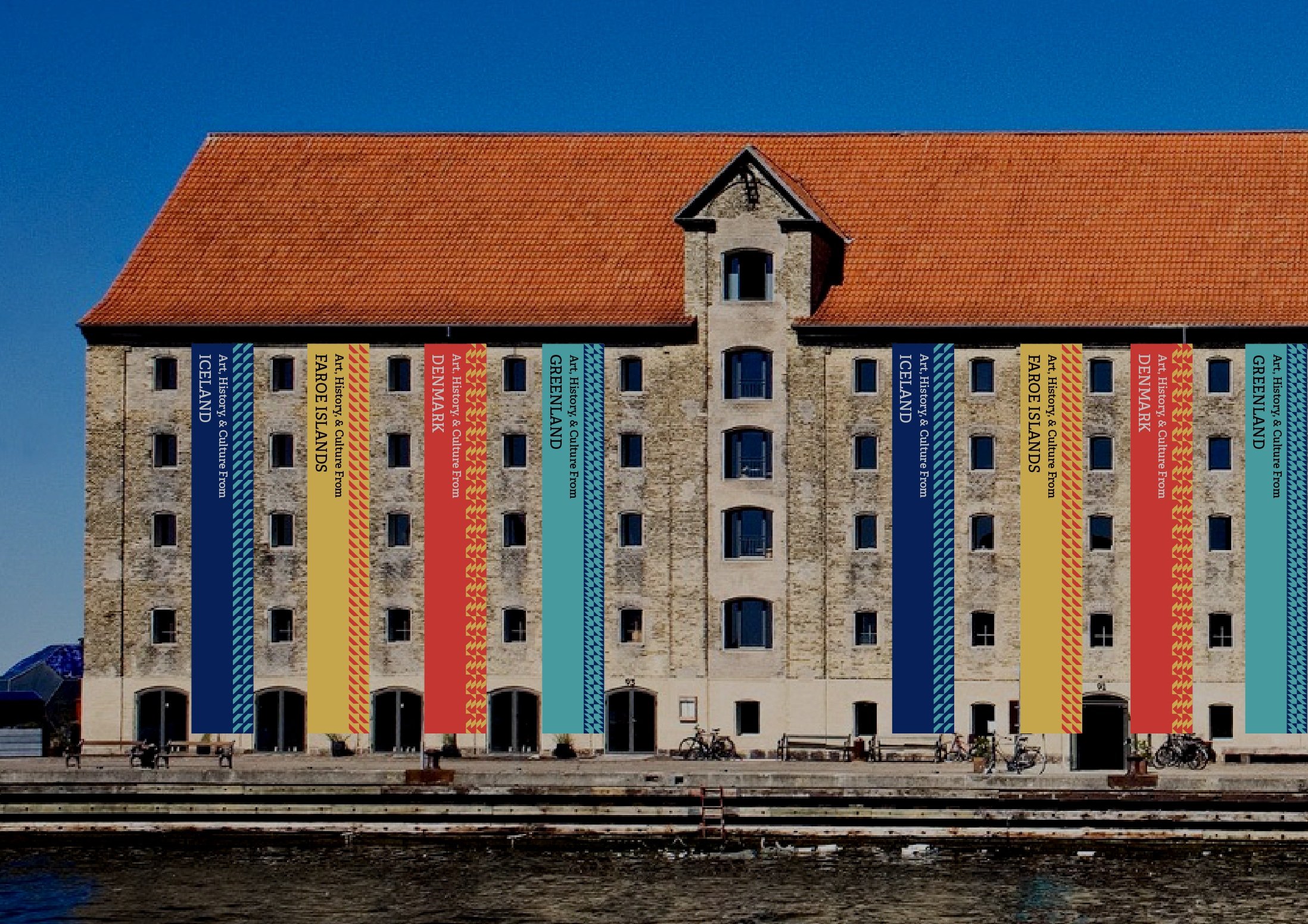
During my time studying graphic design abroad in Copenhagen, Denmark, my fellow classmates and I were given the task of rebranding Nordatlantens Brygge, a local museum renowned for its comprehensive portrayal of Danish, Icelandic, Faroese, and Greenlandic cultures. This required me to craft a visual identity that seamlessly integrated the distinct characteristics of each represented nation.
This project spanned a spectrum of deliverables, encompassing logos, animations, posters, and website wireframes, all meticulously designed to encapsulate the essence of the museum's multicultural narrative.
My original concept for the new logo stemmed from an artifact found within the museum's historical context—a vintage melting pot once used when the museum was a trading warehouse. This warehouse, strategically situated inside the bustling harbors, facilitated commerce between Greenland, the Faroe Islands, and Denmark, where whale blubber was boiled in copper vessels for lamp fuel production.
Inspired by this historical artifact, I envisioned the melting pot as a symbolic representation of the museum's diverse cultural mixture. As my design exploration progressed, I integrated elements of water ripples, further enriching the visual narrative and imbuing the logo with layers of meaning and significance.
Following a group critique with my peers, a prevailing suggestion emerged: expand the scope of logo concepts beyond the sole focus on the melting pot. Drawing inspiration from traditional Scandinavian quilting motifs, I started developing minimalist triangular logos while adhering to a strict color palette.
While I was exploring a new direction, I was still considering how to incorporate the melting pot while still maintaining continuity.
After careful consideration, I decided to use the melting pot logo to represent concert hall, which would serve as an ideal venue for hosting events commemorating the diverse cultures showcased within the museum. Subsequently, I used the alternative logo as the focal point of the museum's branding strategy. Notably, Each segment within the logo symbolizes a distinct country featured within the museum's exhibits.












